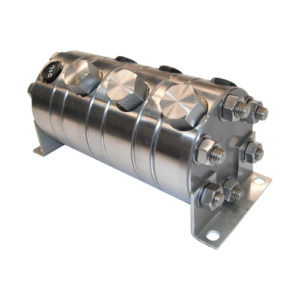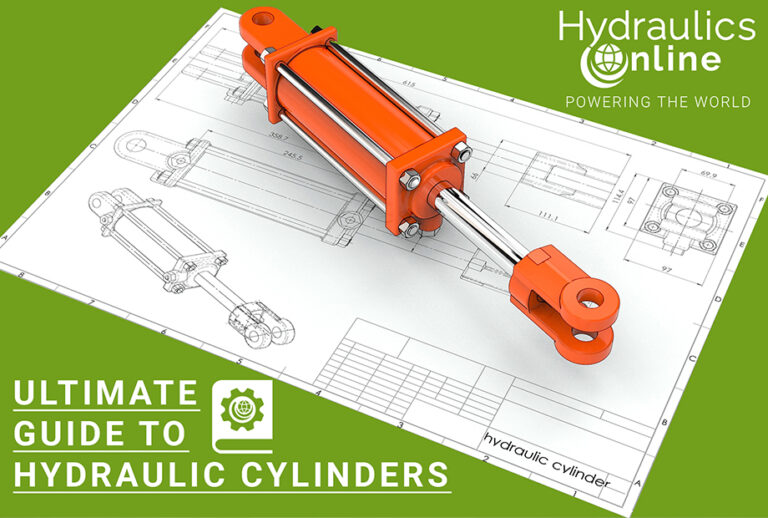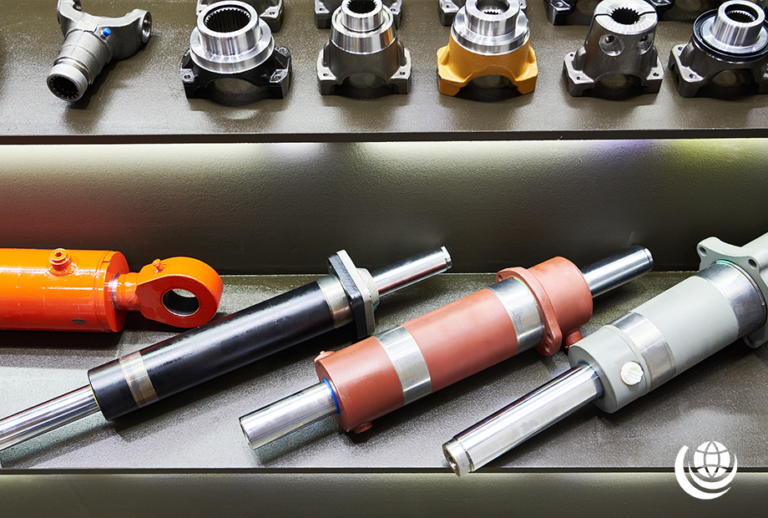If all but one of the outlet flows is piped to tank (no outlet pressure), the energy gained (from supply pressure) through the flow divider can be used to intensify the pressure of the remaining flow.
The basic equation for two elements is:
P1 = (E1 x Ps + E2 x Ps – E2 x P2) / E1
Including the effect of PR, used to rotate the flow divider:
P1 = ((E1 x Ps + E2 x Ps – E2 x P2) / E1) – PR
Where: PR = pressure to rotate the flow divider (assumed 17 Bar); P1 = outlet pressure at high pressure element; P2 = outlet pressure at low pressure element; Ps = supply/inlet pressure; E1 = element capacity at high pressure element; E2 = element capacity at low pressure element.
For example, if an equal 9cc flow divider is used, with a supply pressure of 100 bar, and P2 is returned to tank (0 bar):
P1 = ((9 x 100 + 9 x 100 – 9 x 0)/9) – 17
P1 = 200 – 17 = 183 bar










